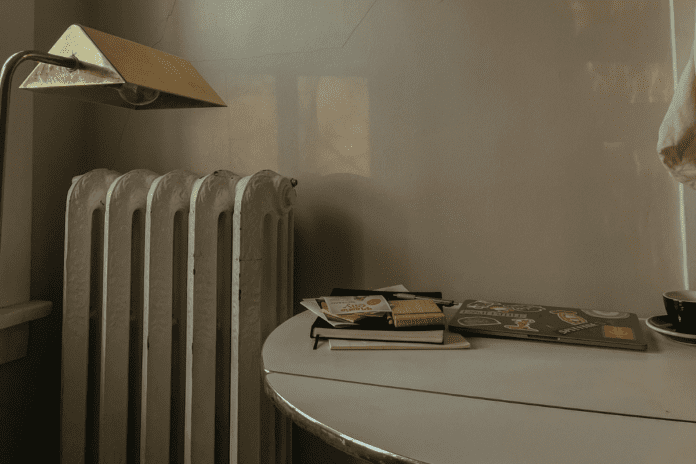Why you should bleed your radiators regularly
Operations Director at M & M Mechanical Services, Mark Biles, explains why it’s important to
“You should look to bleed your radiator every few weeks in the winter because cold spots can appear at the top of the radiator, creating an airlock. If you don’t bleed them, air can travel round the system and cause issues with flow rates and potentially lead to rust over time.”
Bleeding your radiators could save you money
The central heating experts at Toolstation explain why it’s crucial to bleed your radiators this year:
“With rising energy prices, many are concerned about heating their homes this winter. Ensuring there’s no air trapped in your radiators will keep your central heating system running efficiently – getting you maximum bang for your buck when the heating is turned on.”
How to check whether your radiators need bleeding
It’s easy to check whether your radiators need bleeding, according to Toolstation:
“You can check whether a radiator needs bleeding by turning it on and running your hands over it. Is it cooler at the top? This suggests there’s air trapped in the radiator. This can affect their efficiency meaning it can take longer to warm up your room. Trapped air and can often lead to irritating noises.”
The tools you need to bleed a radiator
The plumbing experts at Toolstation say you only need three things:
“All you’ll need for the job is some old towels, a small bowl or mug and a radiator valve key which can be picked up for less than £1. The old towels and bowl are just there to soak up any water.”
Toolstation Brass Radiator Key – £0.89 (you’re welcome to use this image in your coverage)
How to bleed your radiators
Toolstation explain how to bleed your radiators in just four easy steps:
- Switch your central heating system off and wait for the radiators to cool down.
- Protect the wall and flooring with an old towel, and keep a small bowl or mug and cloth nearby to catch any water.
- Twist the radiator valve key anticlockwise one or two times to open the release valve at the top of the radiator, allowing the air to escape.
- Once water starts to trickle out instead of air, and the hissing noise is replaced by gurgling, turn the radiator valve key clockwise to close the valve.
Advice from Mark
Mark says there are a few important things to remember when tackling this task:
“When you’ve finished bleeding your radiators and are refilling the system, make sure all bleed valves are closed tightly. Some people do forget to close the valves. This can be very messy and may cause potential damage.”
Help keep news FREE for our readers
Supporting your local community newspaper/online news outlet is crucial now more than ever. If you believe in independent journalism, then consider making a valuable contribution by making a one-time or monthly donation. We operate in rural areas where providing unbiased news can be challenging. Read More About Supporting The West Wales Chronicle


























